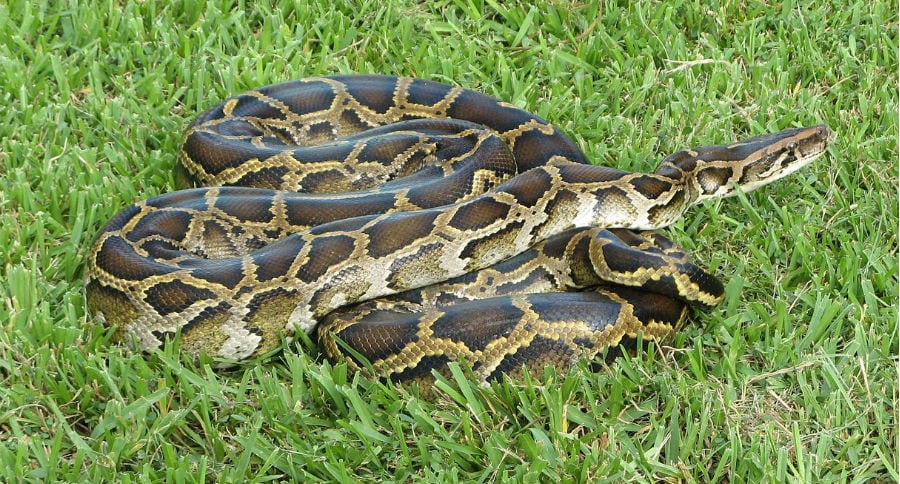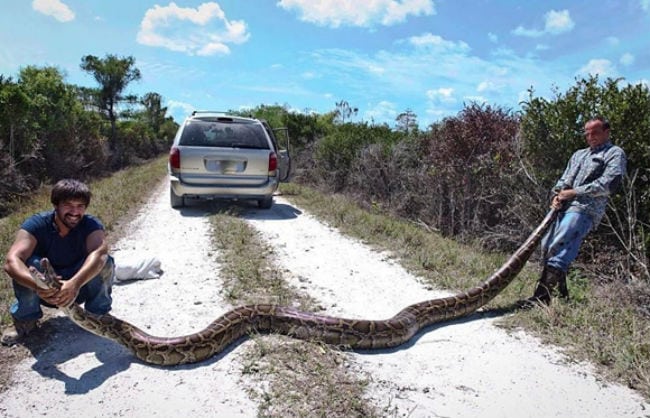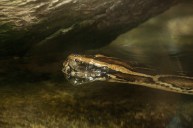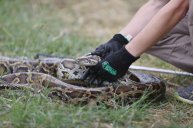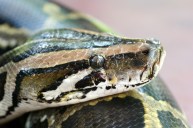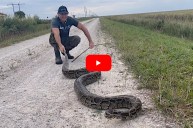A new development has reared its head in the battle to save Florida's wildlife. These super-adaptable snakes are wreaking havoc on the ecosystem.
Scientists have discovered that some invasive Burmese pythons have crossbred with another snake, creating something of a super snake. The hybrid pythons are spreading, and they're devastating Florida's wildlife.
Invasive pythons were first discovered in the Florida Everglades in the 1970s. Since that time, their population has been rapidly growing, and spreading to virtually uncontrollable levels. As a result, Florida's wildlife is feeling some devastating effects.
To make matters even more dire, scientists recently discovered that the pythons have, at some point, crossbred with another snake. Examining 400 Burmese pythons, they found that at least 13 of them had DNA from Indian rock pythons. The two snakes generally inhabit different environments: Burmese pythons prefer aquatic habitats while Indian rock pythons like higher, drier areas. The rock python is also faster and more aggressive than the Burmese.
But biologists fear that the new hybrid pythons may be assuming the "best" traits of both species, making it a super-predator of sorts.
"When two species come together they each have a unique set of genetic traits and characteristics they use to increase their survival and their unique habitats and environments," said Margaret Hunter, a USGS research geneticist and the lead author of the report detailing the discovery.
Super-snake
"You bring these different traits together and sometimes the best of those traits will be selected in the offspring," she said. "That allows for the best of both worlds in the Everglades, it helps them to adapt to this new ecosystem potentially more rapidly."
The constrictors have already overrun the Everglades and much of southern Florida. They have, in fact, largely supplanted the alligator as the premier apex-predator in the region. Estimates of the Florida python population hover around 150,000 animals. Basically, they are eating their way through the native wildlife.
"The pythons have essentially wiped out their prey base in Miami-Dade County, Everglades National Park and surrounding areas. We suspect they are going to be expanding their territories both west and north," said Michael Kirkland, an invasive animal biologist at the South Florida Water Management District.
"We have recorded a 99 percent reduction of fur-bearing animals," he said. "They are now preying on wading birds and even the occasional alligator."
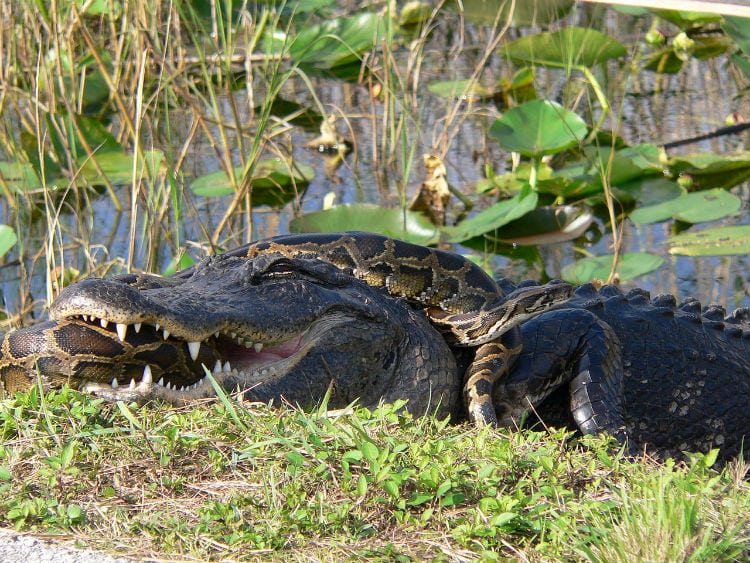
Florida alligator and python.
Wikipedia
An impossible task
Florida has tried different measures to address the problem, including snake-sniffing dogs and paying snake hunters to find and dispatch the reptiles. But for an animal that lays 30-70 eggs at a time and has few natural predators, controlling the snake population is a virtually impossible task.
The snakes can grow to nearly 20 feet in length and weigh upwards of more than 200 pounds.
"If you go to the Everglades now, you'll be hard-pressed to find a single squirrel, raccoon, opossum," Kirkland said.
Brian Hargrove, the snake hunter who, back in May, killed the 1,000th snake as part of the state's python elimination program, says he sees more snakes than any other wildlife. Where he used to see 40 rabbits in the Everglades, now he's lucky if he sees one.
"It's the pythons," Hargrove said. "What else can it be? In one year, I've seen 115 pythons. One rabbit."
Like what you see here? Experience more articles and photographs about the great outdoors at the Facebook page, Stumpjack Outdoors.
NEXT: HOW'D YOU LIKE TO FIND A 14-FOOT PYTHON IN YOUR CAR
WATCH
https://rumble.com/embed/u7gve.v3totb/
